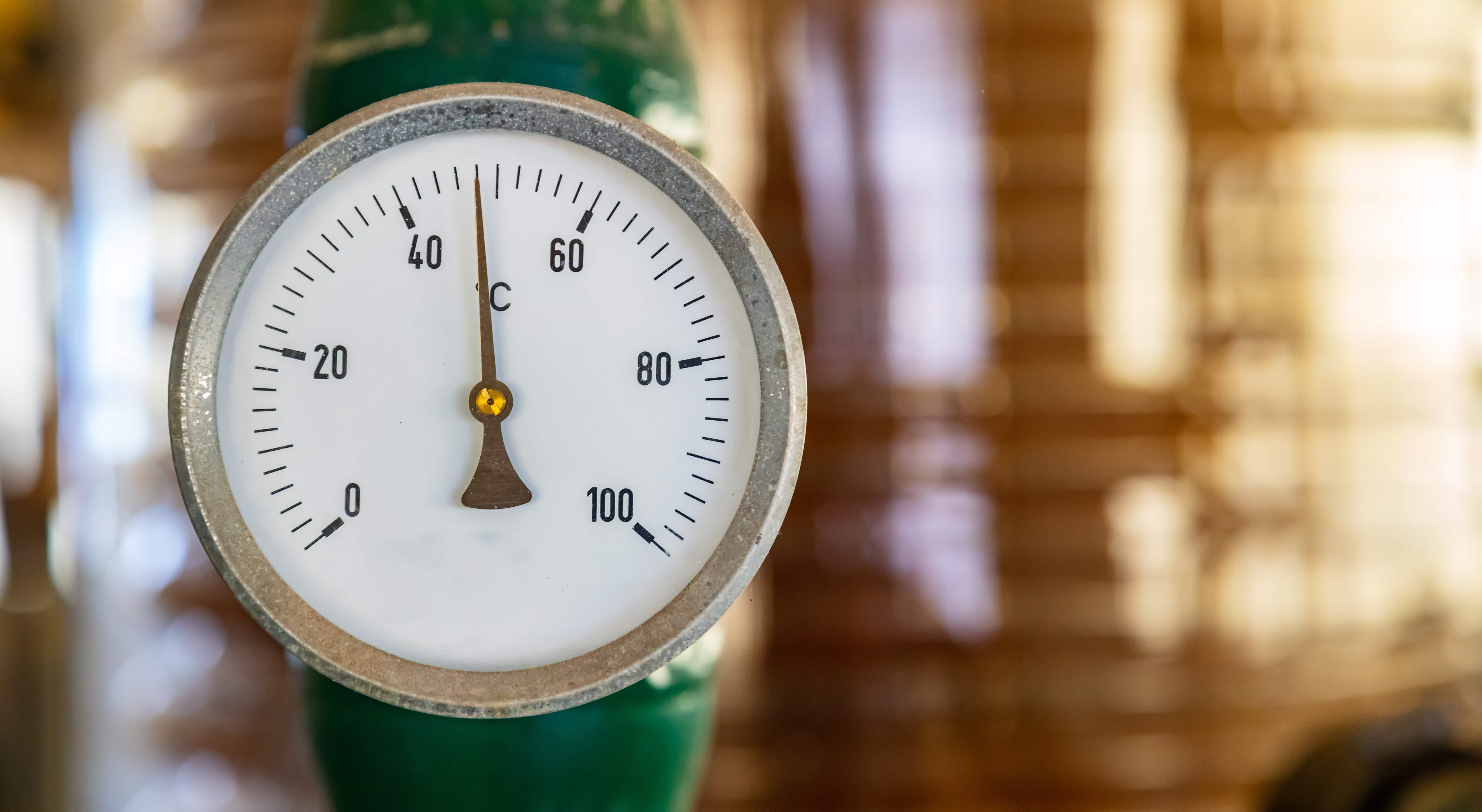Temperature is a fundamental aspect of our daily lives. Understanding temperature scales is crucial whether we're checking the weather, cooking, or working in scientific research. This blog post will explore different temperature scales types, including Celsius, Fahrenheit, Kelvin, and some lesser-known scales, and why they matter in various contexts.
I. Introduction
Temperature scales are used to quantify heat and cold. They provide a standardized way to express and compare temperatures. We can make informed decisions by understanding the different temperature scales.
II. Celsius Scale
The Celsius or centigrade scale is one of the world's most widely used temperature scales. It's named after the Swedish astronomer Anders Celsius, who developed it in the 18th century. The Celsius scale is established with two key reference points: it marks the freezing point of water at 0°C and the boiling point of water at 100°C. This scale finds extensive application in both scientific research and everyday use.
The Celsius scale is prevalent in scientific research, offering a linear and easily understandable progression. For instance, it's the standard for most scientific experiments and is widely used in countries adopting the metric system. In meteorology, temperature is often reported in degrees Celsius. The scale's simplicity and widespread acceptance make it a go-to choice in various scientific and practical applications.
III. Fahrenheit Scale
On the other hand, the Fahrenheit scale is named after its inventor, the German-Polish physicist Daniel Gabriel Fahrenheit. It was developed in the early 18th century. The Fahrenheit scale is defined by two reference points: 0°F marks the freezing point of a specific brine solution, while 98.6°F corresponds to the average human body temperature.
The Fahrenheit scale finds its primary usage in the United States. While it's less popular worldwide, it has its advantages. For instance, it provides finer gradations for temperatures in the most relevant range to everyday life. This can be useful for weather forecasts and understanding temperature variations in regions primarily using the Fahrenheit scale.
IV. Kelvin Scale
The Kelvin scale is different from both Celsius and Fahrenheit. It's named after Lord Kelvin, a Scottish physicist. The Kelvin scale is an absolute temperature scale that commences at absolute zero, a temperature where all molecular motion comes to a complete standstill. Absolute zero is 0 Kelvin (0 K), equivalent to -273.15°C or -459.67°F.
The Kelvin scale is primarily used in scientific research, particularly in physics and chemistry. It's essential when dealing with extremely low temperatures, such as those encountered in cryogenics. The Kelvin scale is also preferred for calculations involving gas laws and thermodynamics because it avoids negative values, simplifying many equations.
V. Lesser-Known Temperature Scales
While Celsius, Fahrenheit, and Kelvin are the most well-known temperature scales, there are lesser-known scales worth mentioning. Two of these are the Rankine scale and the Réaumur scale.
The Rankine scale is an absolute temperature scale, akin to Kelvin, but it employs the Fahrenheit degree as its unit of measurement. Absolute zero on the Rankine scale is 0 Rankine (0 R), equivalent to 0°F. It's not as widely used as the Kelvin scale but is occasionally found in engineering applications.
The Réaumur scale was developed by the French scientist René Antoine Ferchault de Réaumur in the 18th century. It is based on water's freezing and boiling points, similar to Celsius. However, the Réaumur scale divides this range into 80 equal parts, making it less common and largely historical.
VI. Conversion Between Temperature Scales
Mastering the art of temperature scale conversions is a valuable skill to possess. For instance, you'll need to convert temperatures accurately when planning a trip to a country that uses a different scale or working on a scientific project that requires data from multiple sources.
Here are the conversion formulas for the most common temperature scales:
- Celsius to Fahrenheit: °F = (°C × 9/5) + 32
- Fahrenheit to Celsius: °C = (°F - 32) × 5/9
- Celsius to Kelvin: K = °C + 273.15
- Kelvin to Celsius: °C = K - 273.15
- Fahrenheit to Kelvin: K = (°F + 459.67) × 5/9
- Kelvin to Fahrenheit: °F = (K × 9/5) - 459.67
For the lesser-known scales like Rankine and Réaumur, conversion formulas specific to those scales can be found if necessary.
VII. Conclusion
In conclusion, understanding different temperature scales is more than just a matter of academic interest. It's a practical skill that impacts our daily lives in various ways. Whether cooking a meal, checking the weather, or conducting scientific experiments, knowing which temperature scale to use and how to convert between them is essential.
As we've explored, Celsius, Fahrenheit, and Kelvin are the most prevalent temperature scales, each with its unique characteristics and areas of application. Additionally, we've touched on lesser-known scales like Rankine and Réaumur, which, though less common, have their historical and niche uses.
By being aware of these temperature scales and their conversions, you're better equipped to navigate the diverse temperature-related tasks you may encounter. So, the next time you're puzzled by a weather forecast or need to compare data from different sources, you'll know how to make informed decisions.

